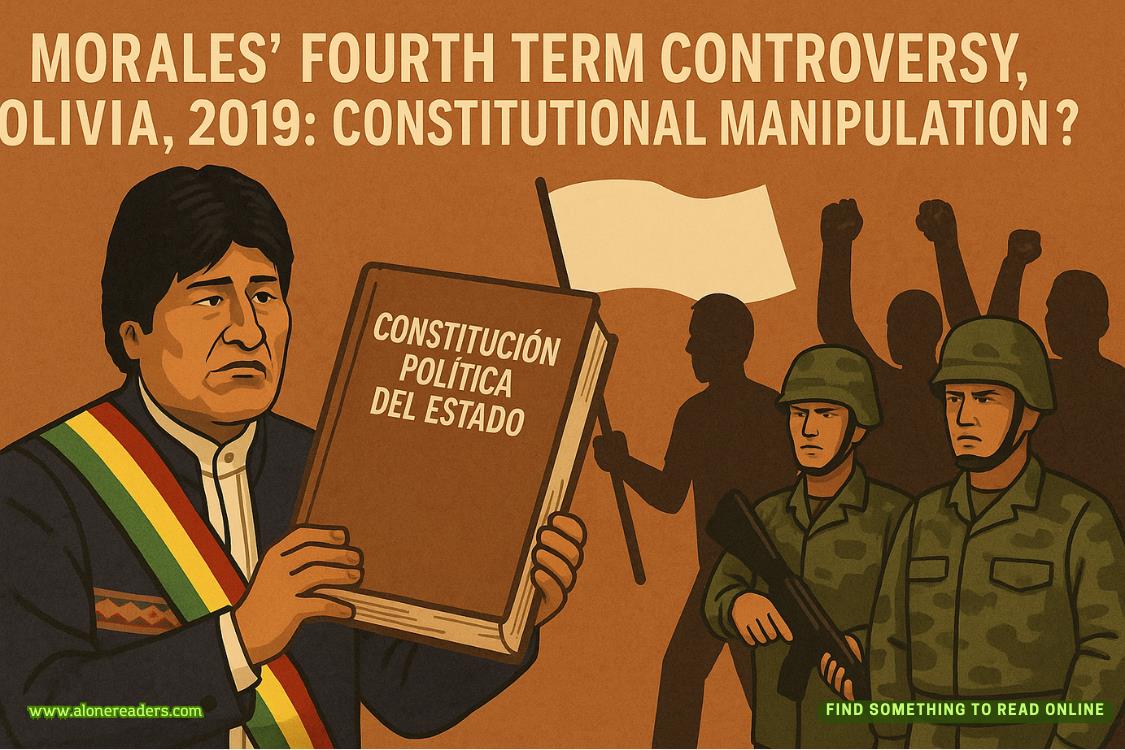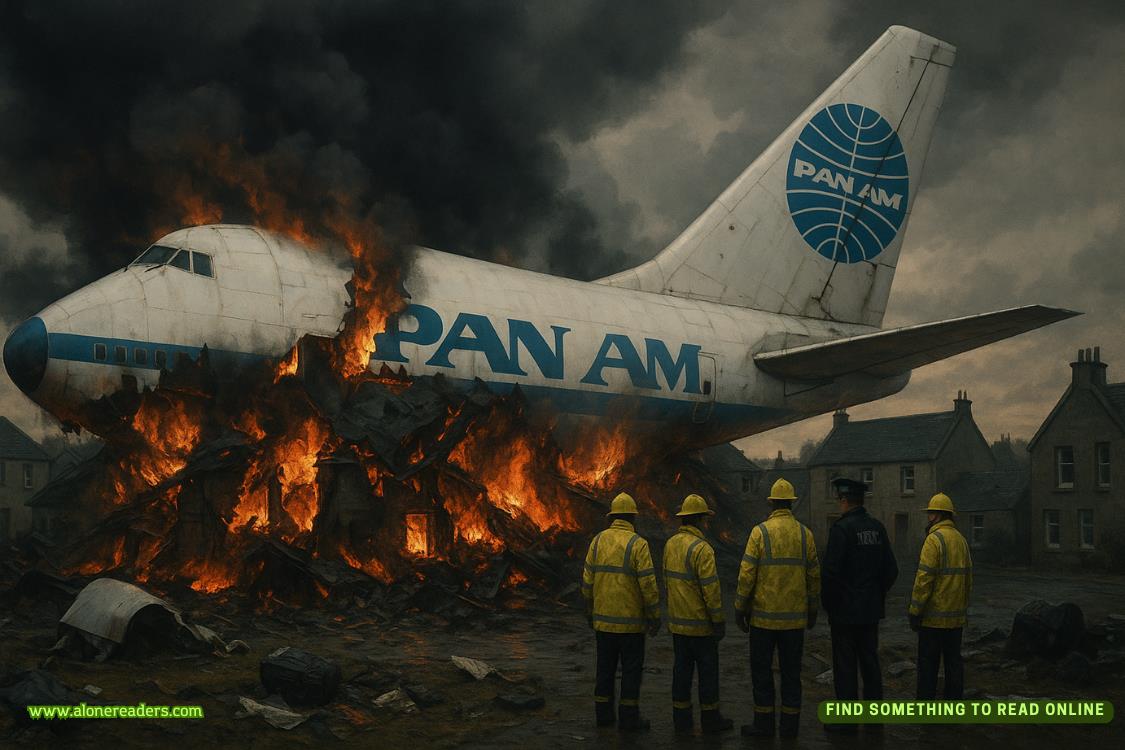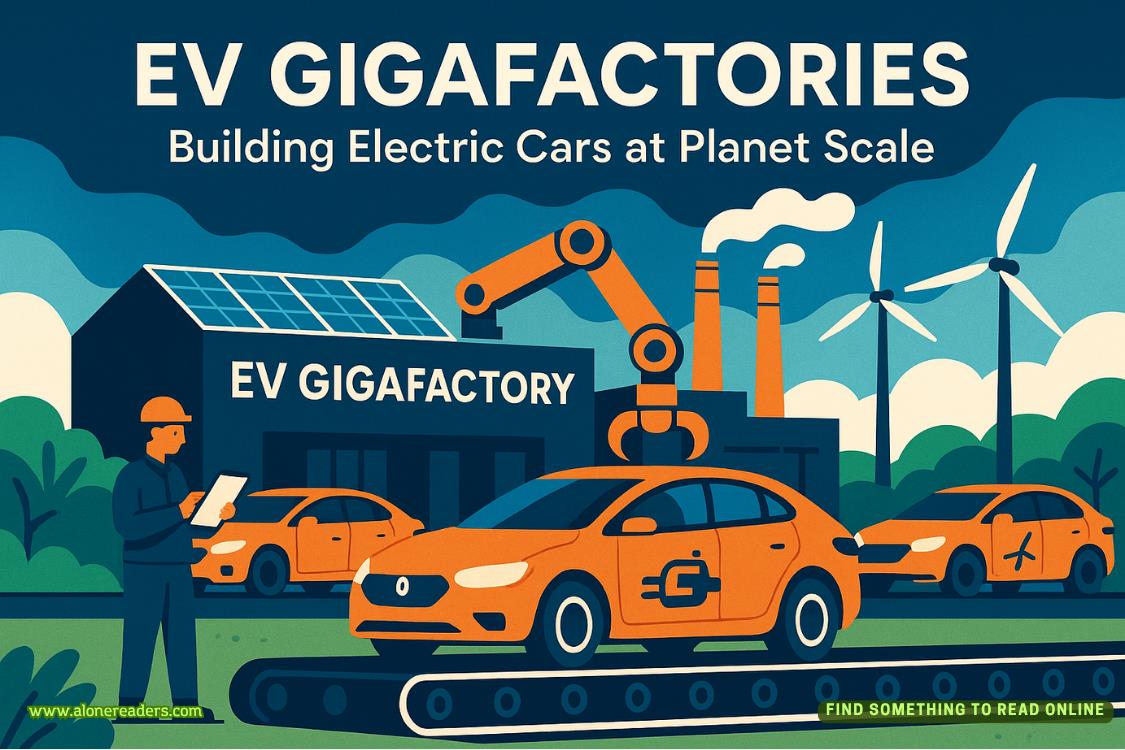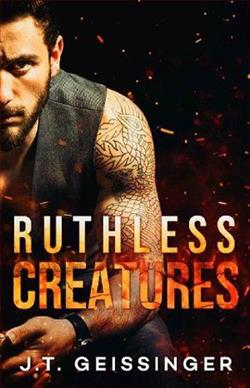Page 58 of Wicked Intentions (Wicked Games 3)
I squeeze my eyes shut, loving the sound of those words, but knowing in a dark part of my soul that they’re untrue.
Capo will find a way to keep me, blood oath or no. All these years and all these jobs to pay off a debt have been more than promises kept. They’ve been a safety net.
Without that safety net, it’s going to be a fast and hard fall straight into the arms of a monster.
I pull away, wipe my cheeks, and force a smile. “Here.” I hand Reynard the copy of Oliver Twist. “Keep this safe for me. You know it’s my favorite.”
He takes it, cradles it against his chest, and looks at me with a goodbye in his gaze. His next words almost break my heart.
“See you on the other side, my darling.”
I run into the tunnel before he can see the fresh tears welling in my eyes.
* * *
A week later, at two o’clock in the morning, I’m breaking into the Smithsonian Institution.
I’ve left my hot-wired Mini Cooper not far from the Federal Triangle Metro station. I’m headed swiftly on foot toward an industrial heating unit adjacent to the butterfly habitat garden on the museum grounds. I’ve already switched the Mini’s plates, but if it’s somehow identified in my short absence, the Metro will provide another quick escape route.
On the side of the large aluminum heating structure, I crouch down behind a thicket of shrubs, sling my backpack off my shoulders, remove a pair of safety goggles and thick nitrile gloves, and don them both. Then I uncap a glass beaker filled with a viscous greenish liquid and tip it against the aluminum, working quickly to draw a four-foot square.
In a few moments, the liquid reacts with the metal and starts to bubble. Soon it has eaten through enough for me to pry the square loose with a flathead screwdriver. Leaving it and the empty beaker on the grass, I put the screwdriver and goggles back into my pack, sling it over my shoulders, and crawl inside the heating duct on hands and knees, carefully avoiding all the corroded edges.
It’s silent and black as a crypt, except for the hazy yellow beam from the pen-size Maglite clenched between my teeth.
From my entry point, I navigate slowly through the heating ducts into the southeast wing on the second floor of the Natural History Museum. At this time of night, the security staff is at its thinnest, but I’m careful to make as little noise as possible. Contrary to how it looks in the movies, breaking into buildings through HVAC vents can be extraordinarily loud if one isn’t careful.
And extraordinarily dangerous if one isn’t light. Aluminum ducting isn’t made to hold the weight of a grown man. A two-hundred-pound male would crash right through the ceiling.
And judging by the dent my left knee just made, I should probably cut back on the carbs.
After what feels like forever, I reach the Gems and Minerals Hall, where the Hope is displayed. I pop the grating off an access panel and peer down into the museum. It’s dark and quiet, eerily still. The only sound is the wild thrumming of my heart.
Since the floor is a dozen feet below me, I’ve brought a rope knotted with footholds. I tie it off around a metal connector fitting, then slither down, leaving the Maglite on the lip of the duct for the trip back.
I land on the floor in a soundless crouch on one hand and one knee. Then I’m up in a whip-crack movement, headed toward my next target, the museum’s computer system, only a short jog away from where I’ve entered. The lock on the door is a biometric fingerprint scanner, but it’s a simple pattern-matching sensor unit, easily fooled.
Inside the room is a large computer terminal that runs the museum’s custom software. It’s secured by a username and password, but I already have those, too. I log into the system and navigate to the security portal. Then I alter the museum’s hours of operation, setting opening time to one minute ago.
Before I hit save changes, I scrawl my signature dragonfly icon on the screen with magic marker and take a deep breath.
The interior of the museum is about to light up like a football stadium. Once that happens, I only have sixty seconds at most to get the diamond and get back into the ducts before guards swarm the entire wing and I’m trapped.
I exhale, say a silent prayer, and press the button.
The room floods with light.
As fast as I can, I run out of the computer office and through a door that leads into the Geology Hall. Almost instantly, I spot the Hope Diamond’s display case. Because I’ve set the museum to open, the case has erected itself from the floor as it does automatically during public viewing hours.
And because every light in the museum has turned on and all the perimeter doors have unlocked, all the guards in the vicinity of the west wing are now aware that something is wrong.
Forty seconds.
The illuminated pedestal of marble and security glass that holds the Hope stands alone in the middle of the room. The glass is too thick to break with ordinary means like a hammer, and it would take far too long to cut through with a UV laser or dental bur, so I’m manipulating sound frequencies instead. I take a battery-operated ultrasound shock wave generator from the backpack, press the focus tubes against the glass, turn the dial to the highest decibel setting, and switch it on.
Alarms blare overhead. The noise is deafening. I can’t even hear the sound of the safety glass as it splinters into a spiderweb of cracks.
Thirty seconds.















